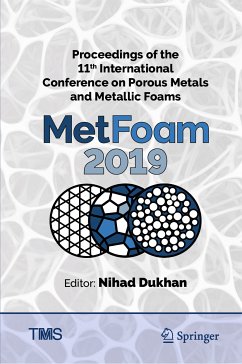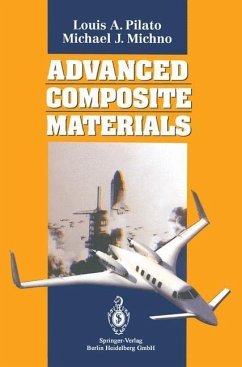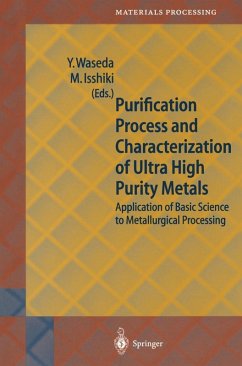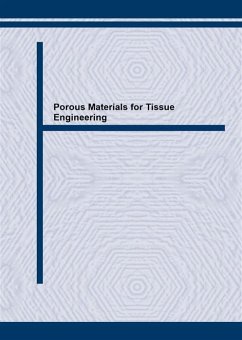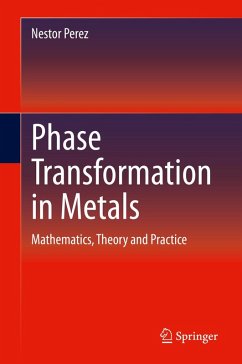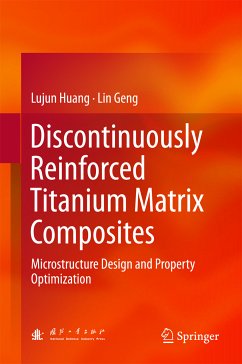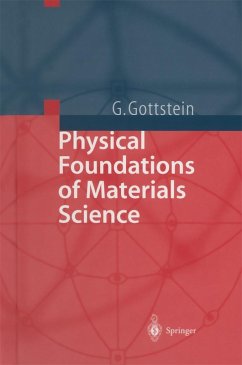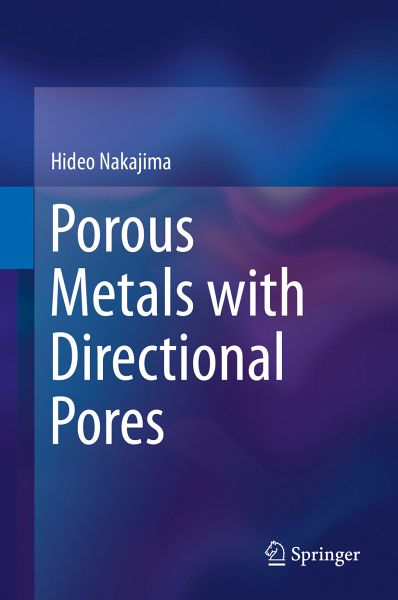
Porous Metals with Directional Pores (eBook, PDF)
Versandkostenfrei!
Sofort per Download lieferbar
72,95 €
inkl. MwSt.
Weitere Ausgaben:

PAYBACK Punkte
36 °P sammeln!
This book reviews the recent development of fabrication methods and various properties of lotus-type porous metals and their applications. The nucleation and growth mechanism of the directional pores in metals are discussed in comparison with a model experiment of carbon dioxide pores in ice. Three casting techniques are introduced to produce not only metals and alloys but also intermetallic compounds, semiconductors, and ceramics: mold casting, continuous zone melting, and continuous casting. The latter has merits for mass production of lotus metals to control porosity, pore size and pore dir...
This book reviews the recent development of fabrication methods and various properties of lotus-type porous metals and their applications. The nucleation and growth mechanism of the directional pores in metals are discussed in comparison with a model experiment of carbon dioxide pores in ice. Three casting techniques are introduced to produce not only metals and alloys but also intermetallic compounds, semiconductors, and ceramics: mold casting, continuous zone melting, and continuous casting. The latter has merits for mass production of lotus metals to control porosity, pore size and pore direction. Furthermore, anisotropic behavior of elastic, mechanical properties, thermal and electrical conductivity, magnetic properties, and biocompatibility are introduced as peculiar features of lotus metals.
Dieser Download kann aus rechtlichen Gründen nur mit Rechnungsadresse in A, B, BG, CY, CZ, D, DK, EW, E, FIN, F, GR, HR, H, IRL, I, LT, L, LR, M, NL, PL, P, R, S, SLO, SK ausgeliefert werden.




